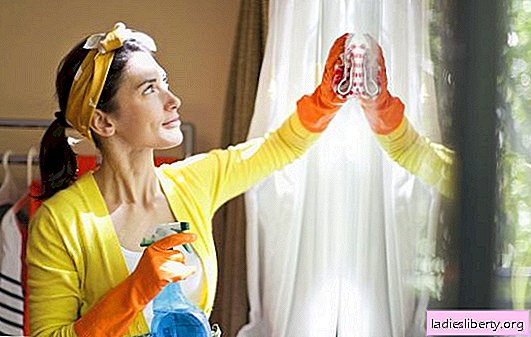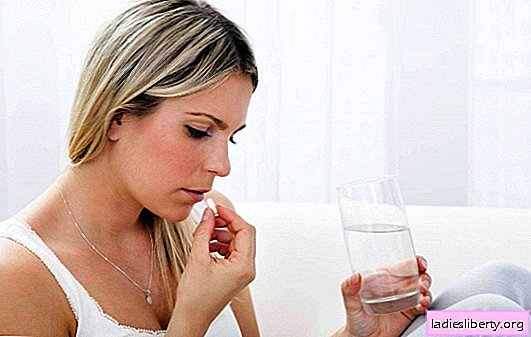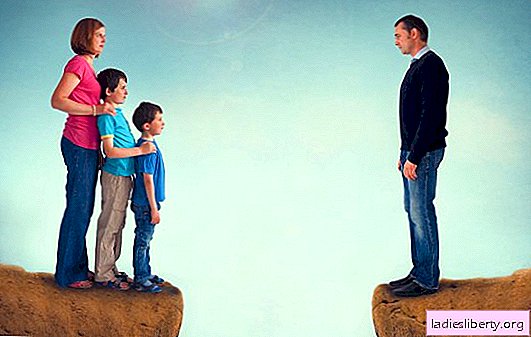
Allergy to plant pollen is a common disease that is exacerbated in 20 million Russians annually. Health experts give tips that help allergy sufferers survive spring cleaning.
How common is allergy?
Hay fever is found in 12-28% of people worldwide. Despite the name, it has nothing to do with "hay" or "fever." "Hay" is a symbolic designation of the time of year in which the disease most often occurs. Patients experience sneezing and severe runny nose, itching, conjunctivitis, and severe headache.
Allergies occur between 8 and 25 years of age. After the first manifestation, complaints usually return every year with varying intensity. After 40 years, the intensity of symptoms decreases.
After 55 years, more than 94% of patients are “cured” of allergic manifestations. Hay fever is rare in people over 40 years old.
According to health insurance, more than 20 million people in Russia suffer from hay fever. According to experts, patients should pay special attention to spring cleaning to avoid allergic reactions.
Simple tips to help prevent allergy symptoms
Not all people love cleaning, but remember that working in the house not only ensures cleanliness, but also helps to lose weight. During harvesting, many calories are burned. However, improper cleaning also threatens health.
Scientists from the Goethe University in Frankfurt have revealed that there is a danger of contracting viruses that are in the dust. Also, people allergic to pollen should be careful about using special equipment.
When cleaning, choosing the right vacuum cleaner can also help minimize allergic reactions. Models of devices with water filters or HEPA help to effectively retain dust.
To remove dust, it is recommended to use a damp or electrostatic cloth that absorbs debris. For cleaning floors, experts advise against using flavoring ingredients. Because they can irritate an already inflamed airway.
German scientists recommend that people who are allergic to dust mites take some precautions when spring cleaning. Wet wipes and a suitable vacuum cleaner are recommended. For severe allergies, special protection is recommended - respiratory masks.
Better to prevent an outbreak than treat
Early diagnosis of allergies helps prevent long-term complications. Five years before the onset of symptoms in the blood, the signs of allergic reactions can be measured. However, new methods of early diagnosis are needed to prevent serious diseases.
In the event of an imminent allergy, a “vaccine” helps prevent a more serious illness in the future. To date, a blood test for IgE and a skin test with allergens remain the only diagnostic methods.
Reduce the burden on the immune system - the main task
Although pollen allergy usually develops in childhood, it also occurs for the first time in adults. Children and adolescents living in smoking households are also at high risk.
Allergies are usually diagnosed and treated by dermatologists, ENT specialists, or general practitioners. In addition to medical treatment, simple remedies help reduce stress and therefore symptoms.
With increased allergy to pollen, patients should avoid walking in areas with an increased amount of vegetation. After staying on the street, wash your hair and face and change clothes.
At home, it is useful to keep windows closed or to install pollen guards. Even for cars, a pollen filter is available on the market.
If your eyes turn red after harvesting, a runny nose, sneezing or a strong cough appears, you should consult a doctor. Antihistamines quickly relieve symptoms of the disease. Medicines are recommended to be taken only after consultation with your doctor. Self-medication can do more harm than potential benefit.











